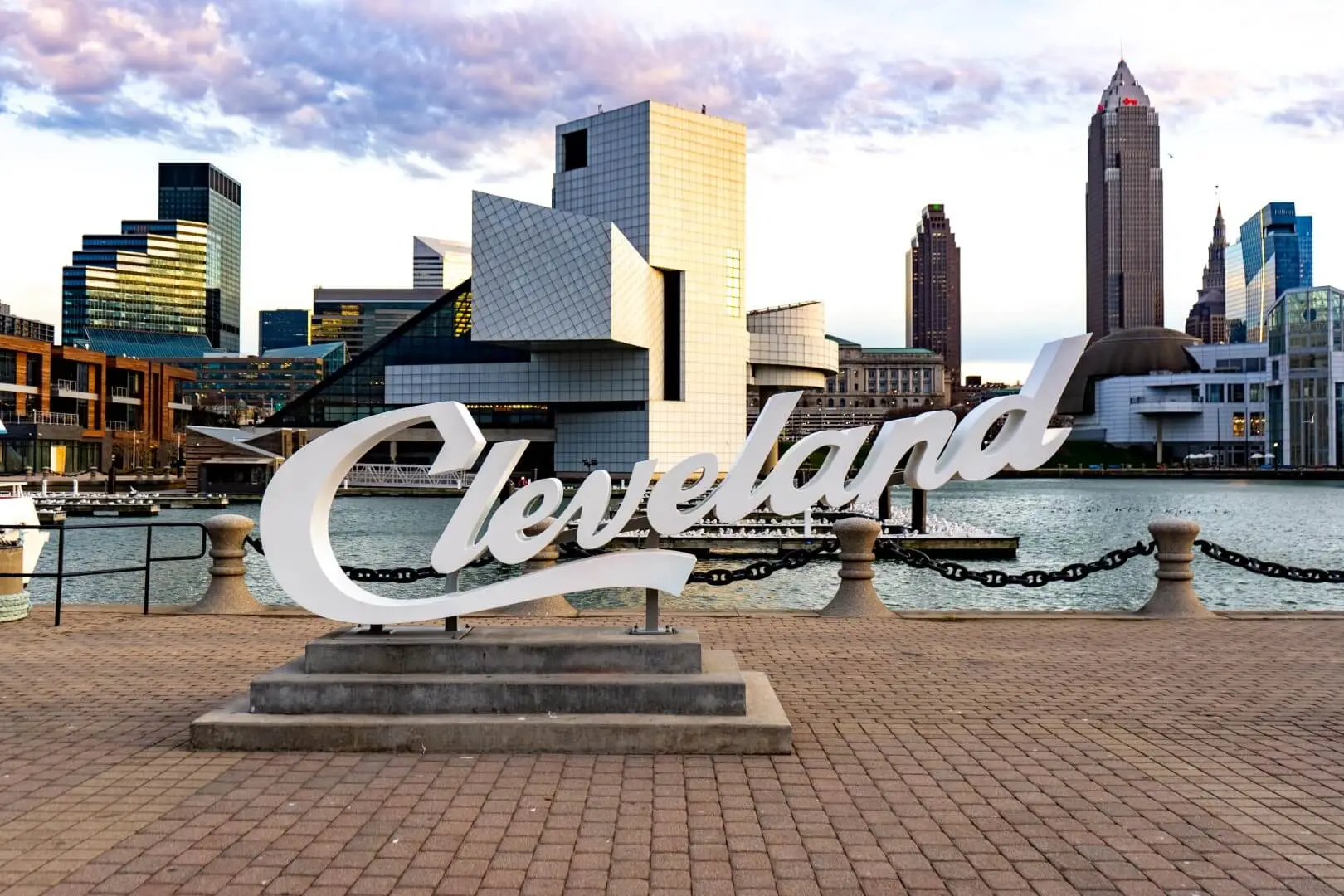|
Getting your Trinity Audio player ready...
|
Foreign investors eyeing the vast U.S. real estate market face the challenge of researching 50 states and countless cities to find profitable investment opportunities that match their specific goals. While many begin in established markets like New York or Miami—which certainly offer compelling advantages—there’s a world of opportunity beyond these traditional entry points.
Gateway cities provide stability and prestige, but secondary markets often deliver stronger cash flow and less competition. Meanwhile, financing options have evolved significantly, with specialized products now available specifically for non-U.S. citizens across various markets.
Let’s explore what factors to consider when selecting U.S. markets and how to secure the right financing for your investment strategy.
Key Factors for Market Selection
Several fundamental indicators can help you identify areas with strong growth potential and stability before committing your capital:
• Job Growth Rate
• Population Growth
• Income Level Trends
• Price-to-Rent Ratio
• Historical Appreciation Rates
• Housing Inventory Levels
• Economic Diversity
• Development Pipeline
• Rental Vacancy Rates
• Affordability Index
Top U.S. Markets for Foreign Investment in 2025
Based on economic indicators and housing market performance, several U.S. cities stand out as particularly attractive for foreign investors in 2025. Here’s a closer look at four markets showing promising fundamentals:
Dallas, Texas
This expanding metropolis combines strong job growth with relatively affordable entry points compared to other major U.S. cities. Dallas attracts foreign investors with its diverse economy anchored by major employers like AT&T and Texas Instruments, while Texas’s lack of state income tax creates additional advantages for property owners.
Charlotte, North Carolina
Charlotte has transformed into a major financial hub with impressive employment and income growth. Properties move quickly here, indicating strong market demand. Foreign investors appreciate Charlotte’s expanding light rail system driving transit-oriented development and its appeal to young professionals seeking urban amenities with relatively affordable living costs.
Indianapolis, Indiana
For investors prioritizing cash flow, Indianapolis offers exceptional affordability combined with strong rent growth. The market’s quick transaction pace and competitive bidding situations signal robust buyer demand. International investors find Indianapolis attractive for its economic diversity, featuring everything from pharmaceutical giants to thriving universities.
Jacksonville, Florida
Jacksonville combines Florida’s tax advantages with more accessible price points than Miami or Tampa. With robust population and employment expansion, this coastal city offers foreign investors a Florida foothold without the premium pricing of more internationally recognized markets. Steady rent growth suggests sustainable income potential for the long term.
For a more comprehensive analysis of promising U.S. markets for foreign investors, including detailed statistics and additional cities worth considering, visit our expanded guide at Best U.S. Cities for Foreign Investors to Buy Rental Properties in 2025.
Financing Strategies for Foreign Investors
Obtaining financing for U.S. real estate as a foreign investor has traditionally been difficult, but today’s specialized lending products make it much easier. DSCR (Debt Service Coverage Ratio) has become a fundamental metric used across various loan types, evaluating property performance rather than personal income to qualify international investors.
Here are the key financing strategies to consider for different investment approaches:
• New Purchase Loans: Secure funding for acquiring stabilized rental properties with down payments typically ranging from 25-30% for foreign investors. These loans focus on whether the property’s projected rental income can comfortably cover the mortgage payments and operating expenses.
• Cash-Out Refinance: Unlock equity from existing U.S. properties to fund additional investments without selling. This strategy helps foreign investors scale their portfolios by leveraging performing assets to acquire new ones.
• Fix-and-Flip Financing: Short-term loans designed for properties requiring renovation before resale. These typically feature higher interest rates but provide the necessary capital to transform undervalued properties into profitable sales.
• Bridge Loans: Temporary financing solutions that help foreign investors act quickly on time-sensitive opportunities, with the expectation of refinancing into long-term products once the property is stabilized or improved.
• New Construction Loans: Financing options for ground-up development projects, typically requiring more substantial down payments (30-40%) and thorough project plans, but offering significant potential returns for experienced investors.
To explore specialized loan programs designed specifically for international investors in U.S. real estate, visit Lendai for personalized financing solutions that align with your investment goals.






